That’s where structure steps in — and what is the 7-step cleaning process, you ask? It’s the method that turns random wiping into proper sanitisation. Whether you’re scrubbing bathroom surfaces at home, disinfecting a food prep zone in a commercial kitchen, or elbow-deep in an end-of-lease bond clean, this procedure brings a proven system to the chaos.
Ever heard someone say “just give it a quick clean” and watched them flick a dirty cloth around like they’re swatting flies? Yeah, we’ve seen that too — and it’s exactly how grime builds up, bacteria throw a par

Procedure
This step process isn’t just for hospitals anymore. The cleaning industry standard is shifting towards structured cleaning that saves time, reduces cross-contamination, and keeps properties compliant with Regulatory bodies.
Benefits:
- Fewer cleaning challenges thanks to a clear task order
- Easy onboarding for cleaning officers or new staff
- Applicable from a one-bed flat to full-blown commercial kitchen environments
If you’re in the business of cleaning, this process helps build a profitable cleaning business with cleaning industry credibility.
Step 1: Remove Rubbish
First things first: before the cleaning cloth even comes out, ditch the junk. This means everything from takeaway containers to half-empty shampoo bottles to overflowing garbage bags in the kitchen bin.
Essential steps here:
- Empty bins and reliners with fresh liners.
- Remove rubbish from under furniture, behind doors, and in storage units.
- Watch out for contamination risks like animal contact, contact between animals, or food scraps that attract bugs.
Don’t forget your protective equipment — cleaning professionals know better than to dive into a bathroom bin without gloves.
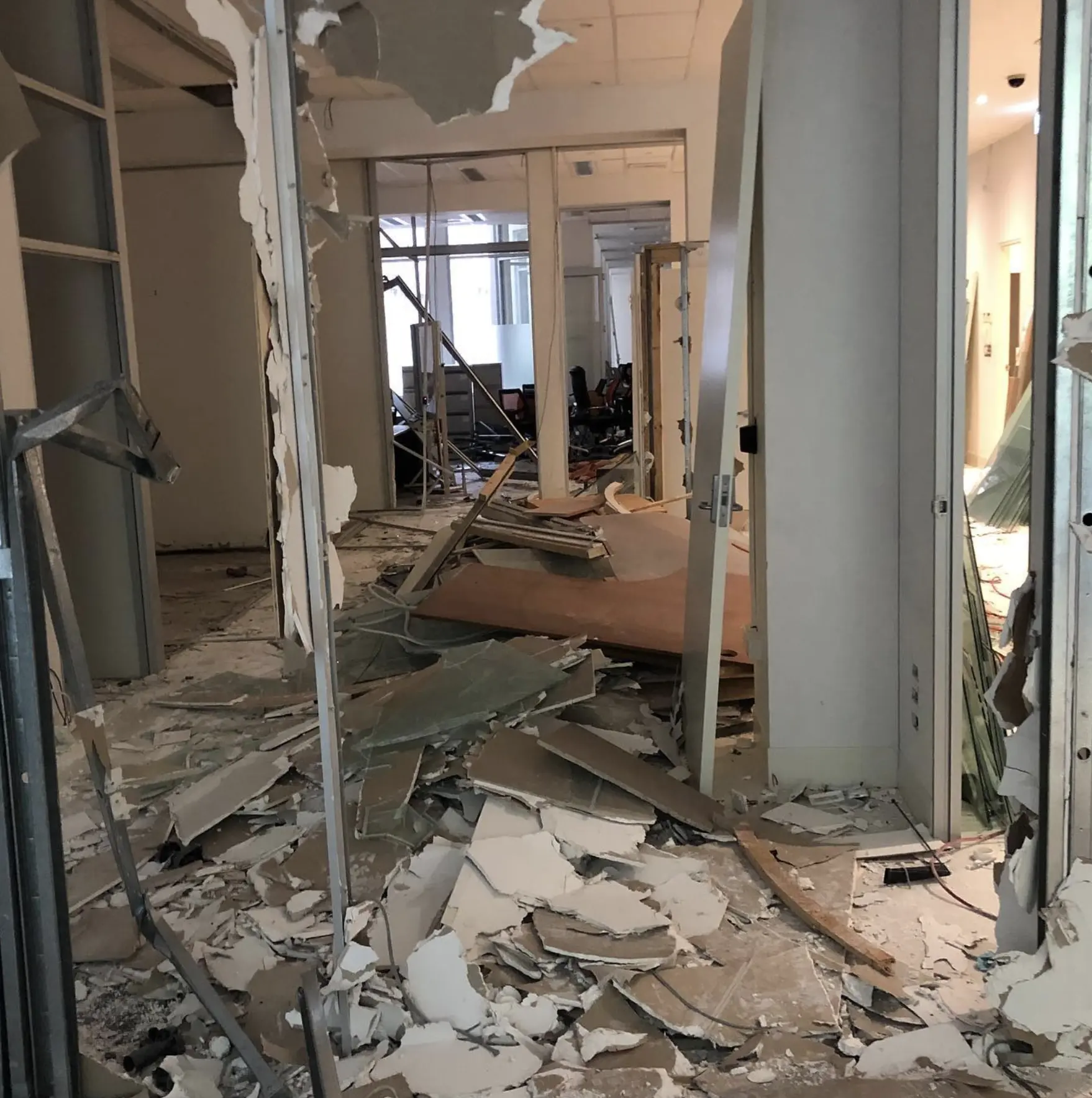
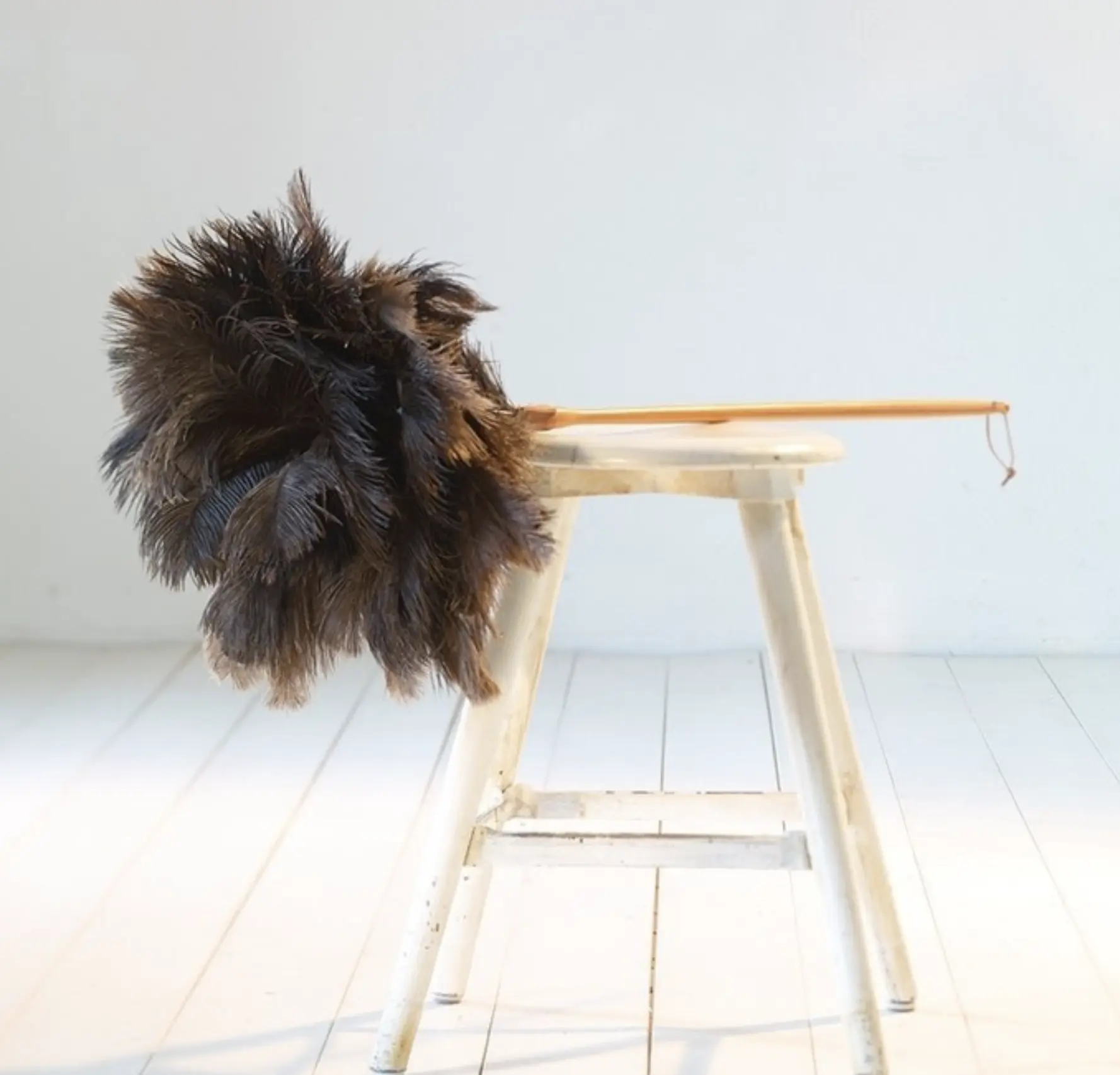
Step 2: Dust From the Top Down
If you mop before you dust, you’re doing it backwards. Trust us. Ceiling fans, air vents, cupboard tops — all that dust eventually falls, and gravity’s got no off switch.
Tools ready:
- Microfiber cloths or electrostatic dusters
- Long poles for high corners
- Cleaning bucket with spare clothes if needed
This step is crucial for homes in the bush where red dirt mixes with pollen, or for strata properties near highways where grime builds up quickly. Keeping things dust-free also helps improve indoor air quality, particularly in high-traffic areas or where pets roam.
Step 3: Tackle the Gross Bits First
Now for the part that separates the rookies from the commercial cleaners. Spot clean smudges, toothpaste globs, food splatters, or soap scum buildup. It’s where extra cleaning happens and the elbow grease goes in.
What you need:
- Cleaning solution (neutral detergent or castile soap solution works a treat)
- Damp clean cloth
- Spray bottle (always label your cleaning chemicals — refer to the Safety Data Sheet)
Focus on:
- Light switches
- Glass doors
- Handles and drawer knobs
- Bathroom surfaces like sinks and taps
- Toilet bowl surrounds
Use the S-motion for cleaning surface areas — swirling in circles only spreads muck.

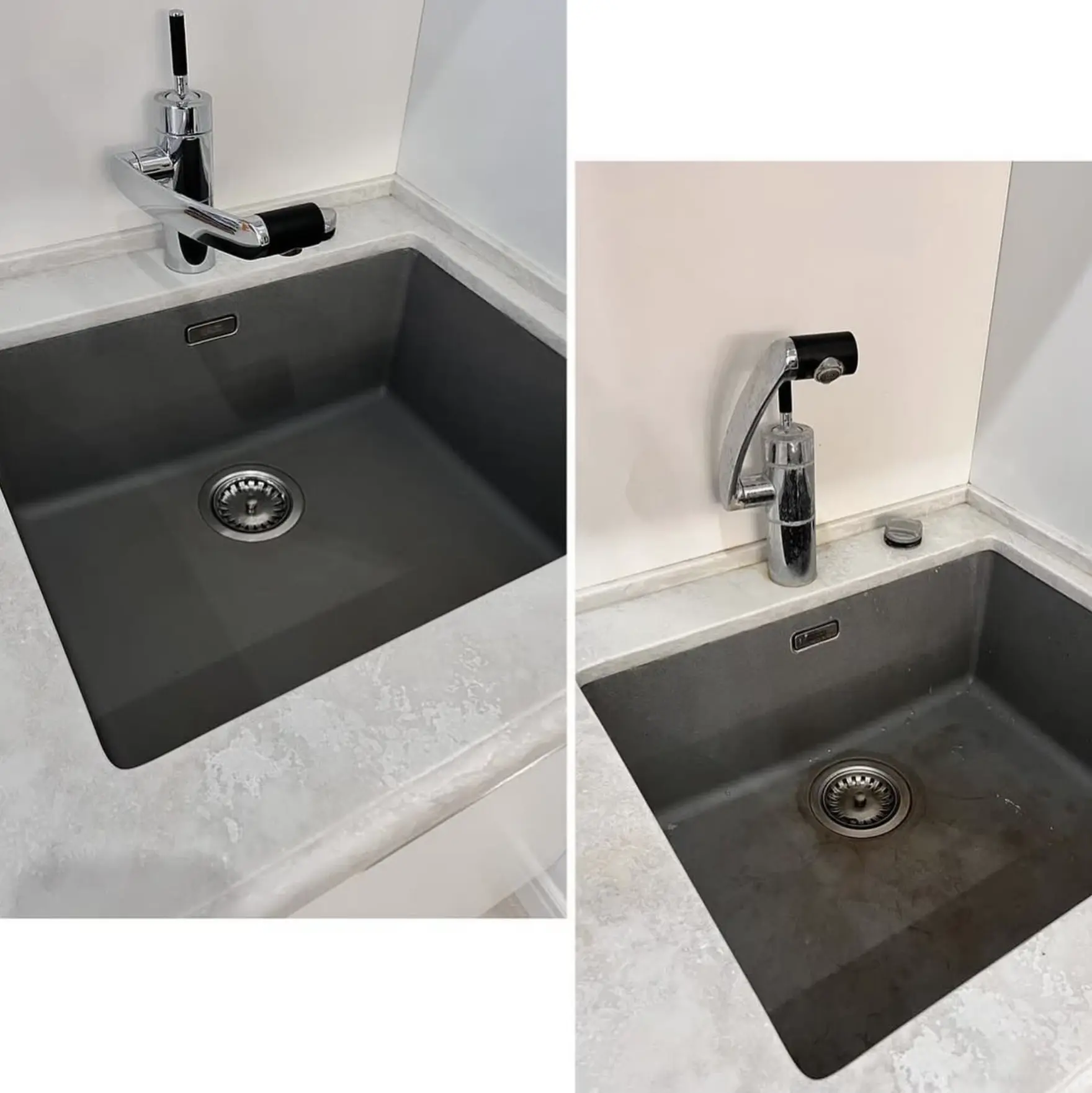
Step 4: Clean All Surfaces
From benchtops to vertical tiles to commercial food equipment, now’s the time to clean the lot. This step is where many forget the correct cleaning procedure.
Start with the cleaning action:
- Go from cleanest to dirtiest surface
- Replace clothes often (colour-coded helps)
- Use neutral disinfectant or mild chemical cleaners when needed
This is where cleaning demands ramp up in commercial cleaning process jobs — don’t miss recessed grout lines, mineral deposits, or shelving under appliances.
Step 5: Sanitise or Disinfect
Don’t just go ham with cleaners with disinfectants because you saw it on a telly ad. Disinfect only when required, especially in food safety training zones, during flu season (hello, cold viruses), or in shared spaces.
Situations that call for sanitising:
- Food prep zones (use potable water rinse after)
- Bathroom cleaners where bacteria love to nest
- Sick bay areas or homes post-illness
Always check dilution rates and contact time — that means how long the cleaner disinfectant needs to sit before wiping. Spraying and immediately wiping is just theatre.
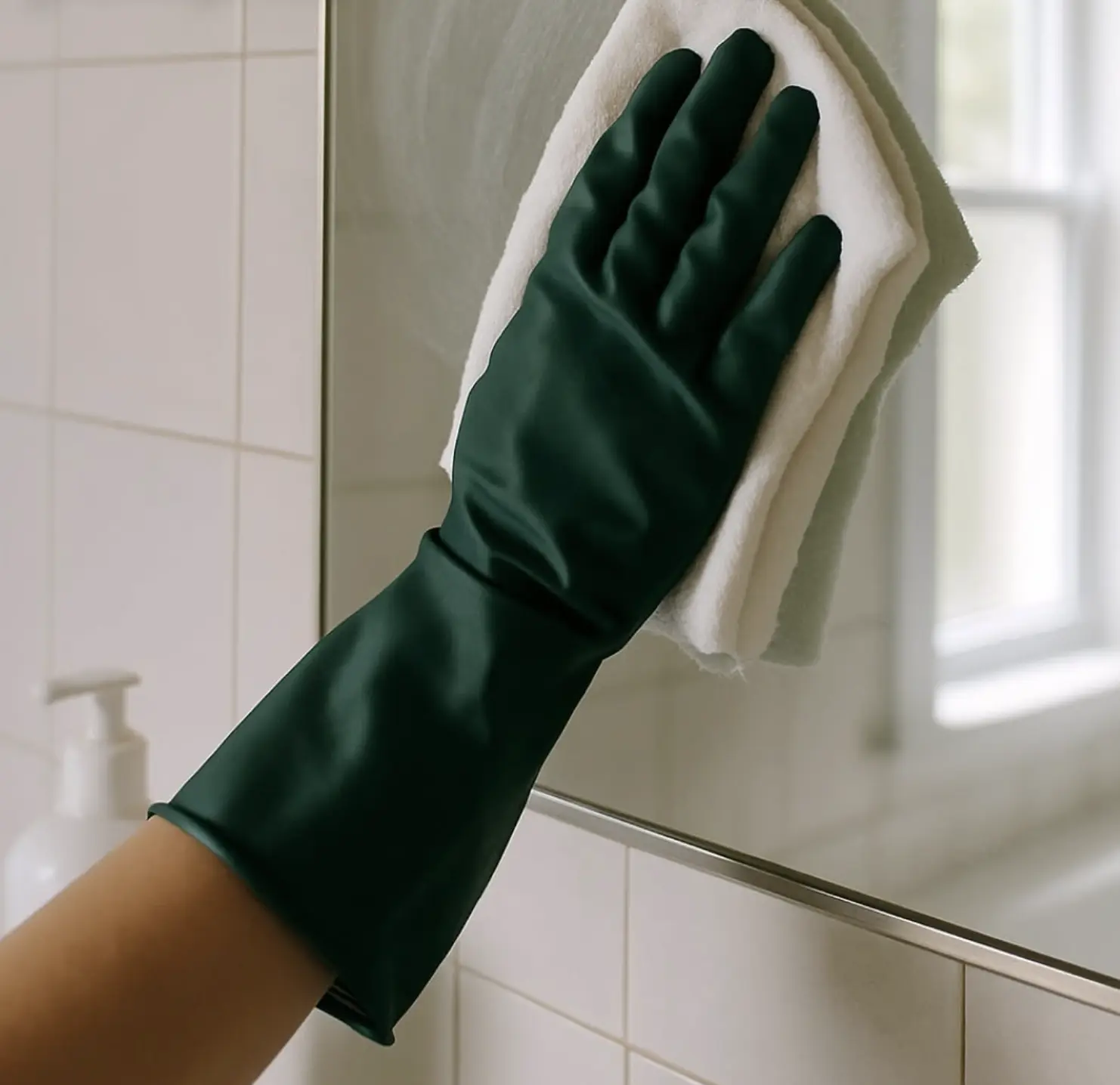
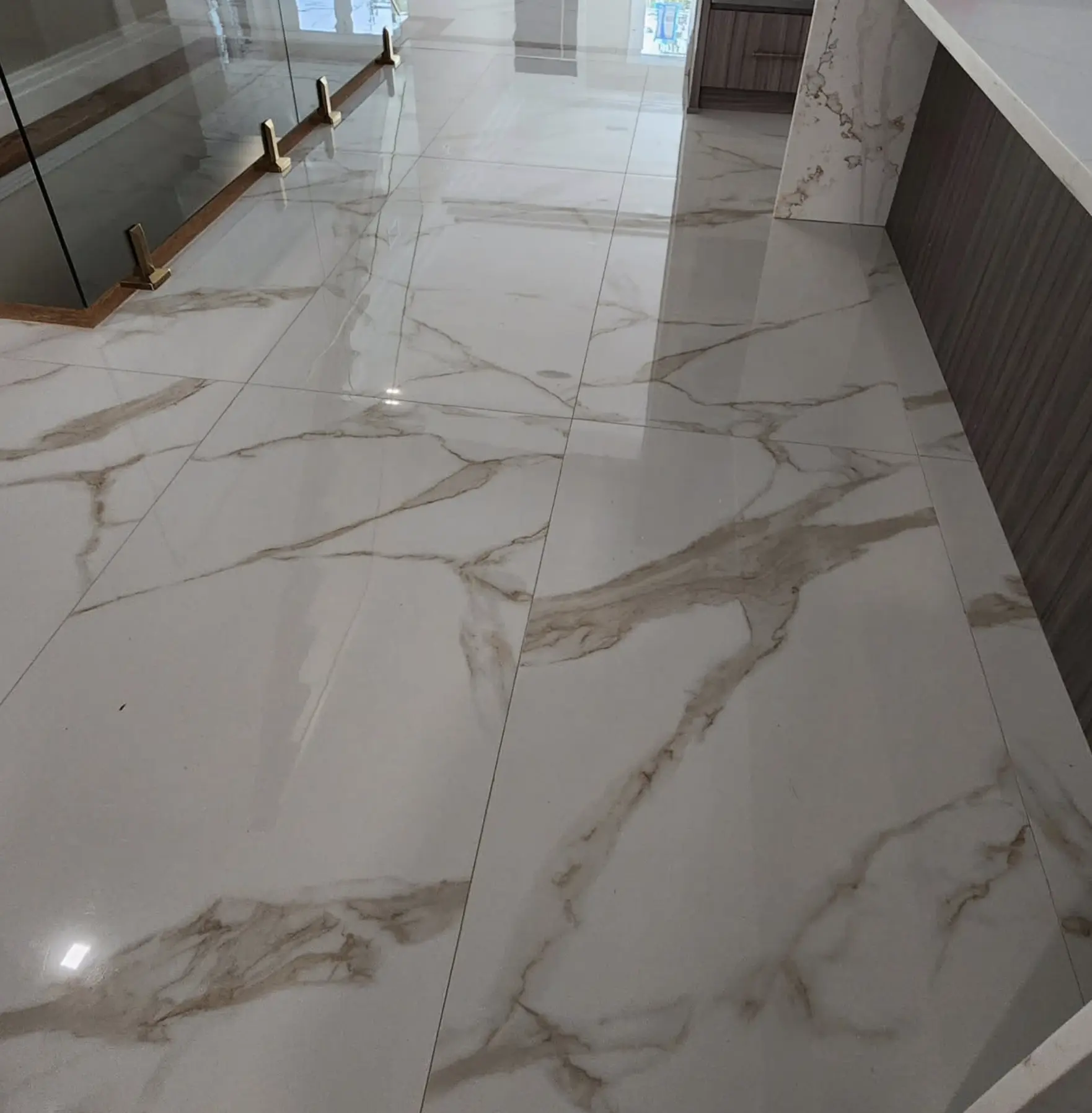
Step 6: Clean the Floors
Showering and not rinsing.
Depending on the floor:
- Carpet: Vacuum slowly in two directions. Use commercial carpet cleaners if needed.
- Tiles/vinyl: Mop with warm water and detergent. Use a rubber squeegee to avoid streaks.
- Concrete: Sweep, then pressure wash or steam cleaning for deep stains.
Avoid excess water especially near timber or laminated floors — built-in detergents in some mops can help reduce water use.
Step 7: Final Inspection
This is where you pretend you’re the client or an audit inspector. Do a walk-through. Look for:
- Missed spots (like under taps or edges of glass doors)
- Sticky residue or water stains
- Dirty odours or lingering dampness
- Tools put away, bins relined, no hazards left behind
Use a checklist if you’re running a House Cleaning Service or doing bond money jobs. These small things are what keep commercial cleaning services count high and customers coming back.
Even our Window Cleaning Melbourne Crew follows this system religiously when dealing with streaky glass doors and grimy sills around Melbourne’s coastal suburbs — because no one wants to redo windows twice in a day.
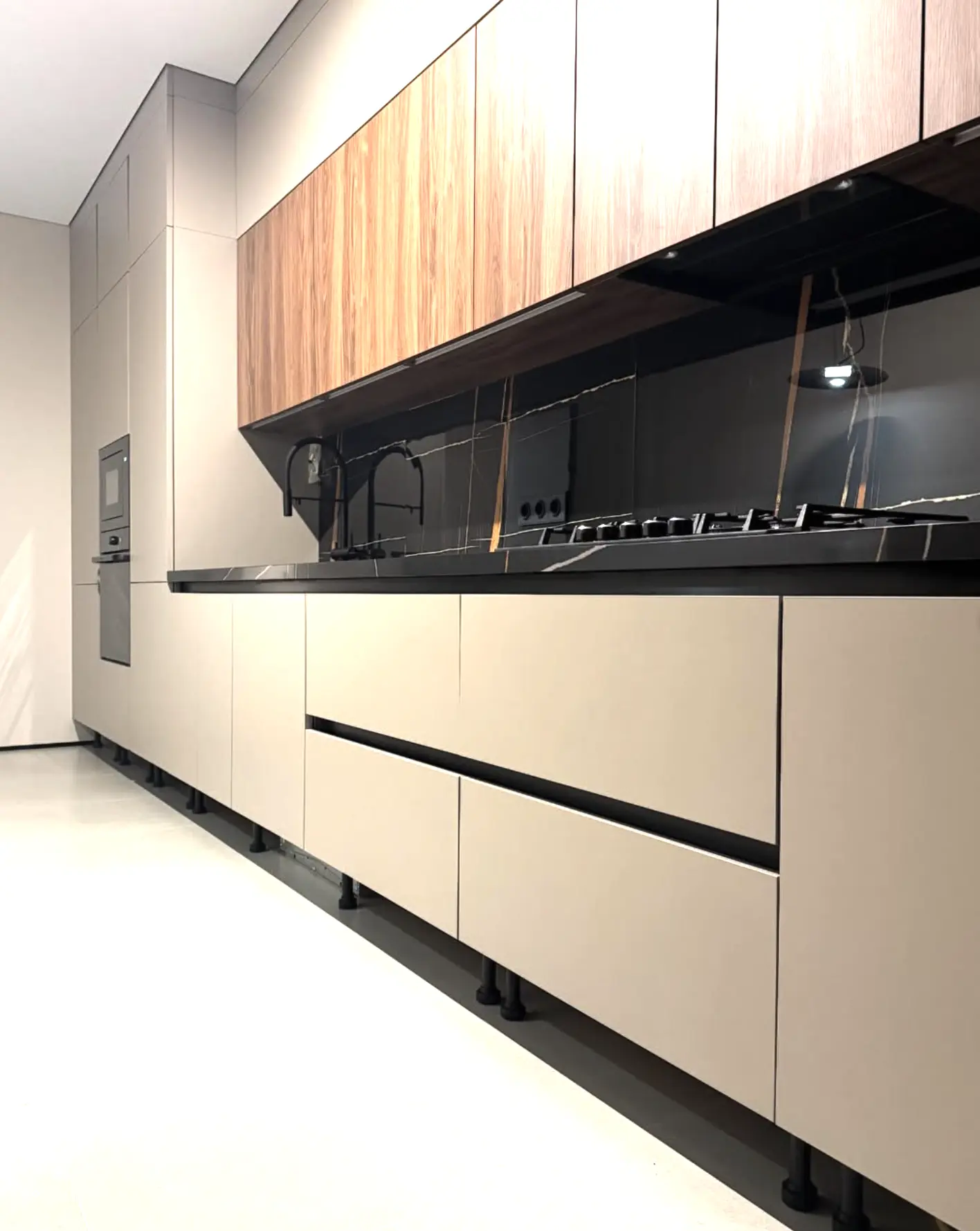

Common Cleaning Methods
While there are plenty of Common cleaning methods — pressure washing, fogging, UV sanitisation — this one works across them all. Use it to design your cleaning plan, whether you’re:
- Outsourcing to commercial cleaning services
- Training staff in the cleaning of food manufacturing
- Doing lease cleaning to get that bond money back
- Launching a Commercial Cleaning Business Success Plan
Tools of the Trade
You don’t need 20 different bottles of branded goop. Just the right gear used properly.
Basic cleaning supplies:
- Colour-coded microfiber cloths
- Mop & cleaning bucket
- Bowl brush and toilet gear
- All-purpose cleaner, citric acid cleaner, or chemical cleaners
- Gloves and protective equipment
- Spray bottles (labelled)
For cleaning products, always check with the cleaning product manufacturer and read the cleaning product for complete instructions. Yes, even if you think you know.
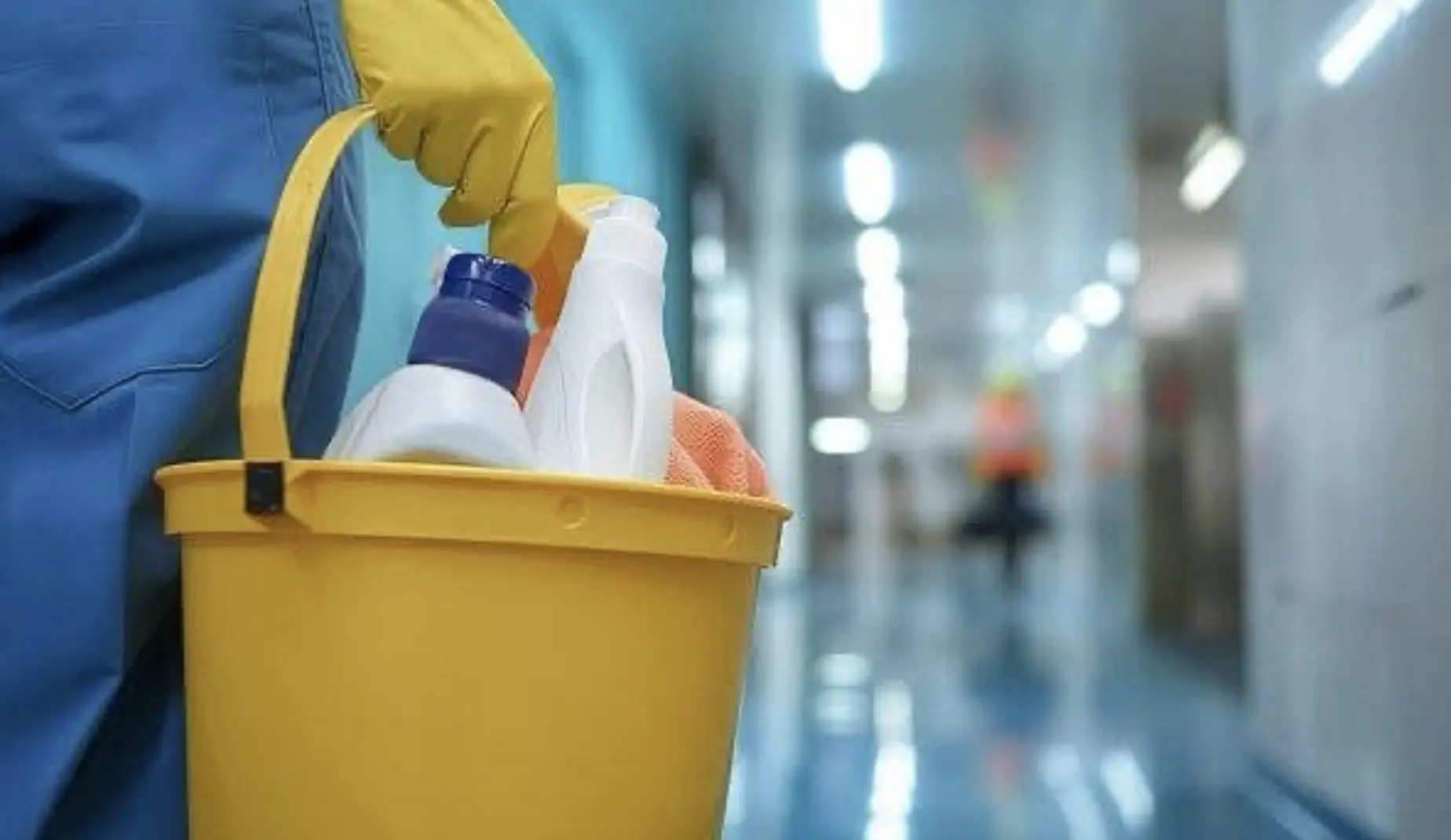
FAQ
Do all steps apply in every scenario?
Not always. For basic quality control measures, you might only need Steps 1, 3, and 6. But for full jobs like cleaning & sanitation of a kitchen, use all seven.
How long should each step take?
Depends on the space and dirt level. A bathroom might take 30 mins, a school hall could take an hour. Cleaning time is flexible — focus on outcome, not the clock.
Can I replace disinfectants with natural options?
Sometimes. Hydrogen peroxide or castile soap solution can be effective, but not for all pathogens. Know the choice of cleaning method and follow guidelines from Regulatory bodies.
Is this suitable for commercial contracts?
Absolutely. We use it for cleaning services ranging from aged care to childcare cleaning services, and even commercial food equipment zones.
Is the reproduction of this process allowed in training materials?
Nope — Reproduction without permission is prohibited unless you’ve got written consent or you’re summarising for internal use only. Always credit the method where appropriate.
